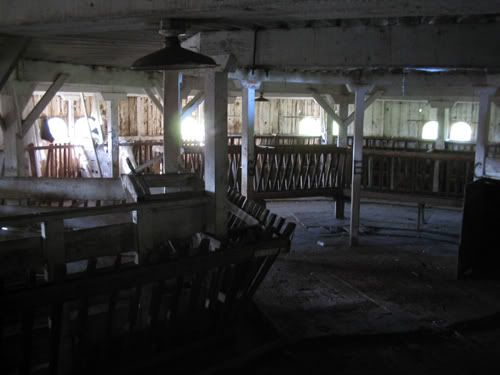

I was 13 when my friend Kristina Carlson showed me the old Fountaingrove Winery for the first time. I was amazed. My jaw still drops when I walk in there, the rotting wood and crumbling rocks and all. For years I yearned to know the stories of the place, and one day when I was 17 it eventually struck me to try the library.
I stopped by the Fountaingrove Winery while researching my Bohemian story on Varenna, and was reminded of how infatuated with the place I am. History, stories and photos after the jump.
In 1860 a fellow named Thomas Lake Harris formed an organization called the Brotherhood of the New Life. He got a good deal on the Fountaingrove land and built a mansion for himself, two separate huge living quarters for the men and women of his cult, and the enormous winery. Although his wine was internationally known and drank, the New Life was the real backbone and underbelly of the winery and Fountaingrove area.
Harris’ cult, like most cults, had strange tenets and rules. The Brotherhood believed in turning over all material wealth to Harris, who assumed his supreme divinity. Emphasis was also placed on deep breathing and refraining for sex until finding the chosen celestial mate. How one decided what that meant exactly, I’m not sure. Harris also apparently wrote really lousy poetry and sent it out to people all over the world.
But the Brotherhood couldn’t last forever. A traveling writer started a community flare-up with an alleged expose of Fountaingrove, “revealing” that Harris had been sleeping with all the women in his cult. No one knows if it was true or if the traveling writer just wanted an ego boost and found it in spreading gossip. Nevertheless, Thomas Lake Harris was basically forced into leaving town, and he left the winery to his Japanese assistant, Kanawe Nagasawa, who ran it quite successfully until his death in 1934.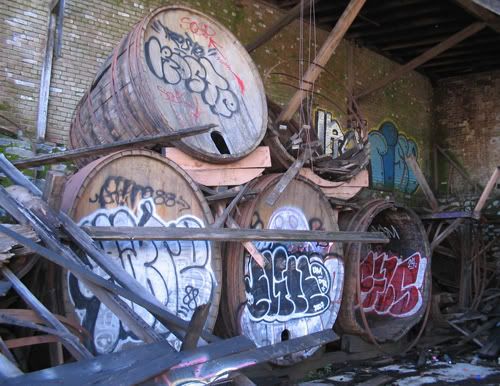

There’s a rich, rich history of Utopian communities in Sonoma County, which you can read about in Steve Bjerklie’s excellent and thorough overview in the Sonoma County Independent from 1996. Yet even without the bolster of historical mystique, I’d still love walking around the place. It’d been a hell of a long while since I’d been up there, but while in Fountaingrove researching my story on Varenna last weekend, I dropped in to visit my old friend and take some photos.
If you think about it, there’s not much difference between Varenna and the Brotherhood of the New Life. To live there, you give all your money to the group; the group, in turn, supplies meals, lodging, and a sense of security; and everyone gets to believe they live in paradise when in actuality they’re all still gonna die someday. Something tells me, though, that Thomas Lake Harris’ crew had way better sex.


The Main Room
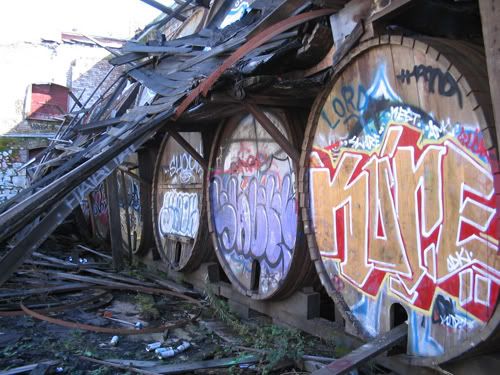

The Barrel Room


The Main Entrance
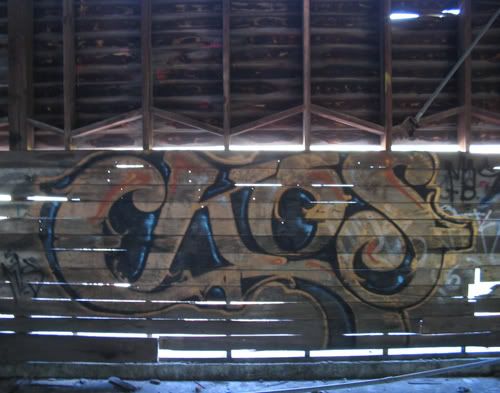

CKO5 Graffiti
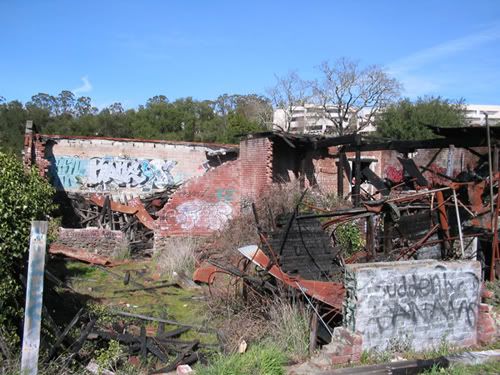

North Wing (burned down in 1991)
——————————————————-
Bonus Photos: Inside the Round Barn!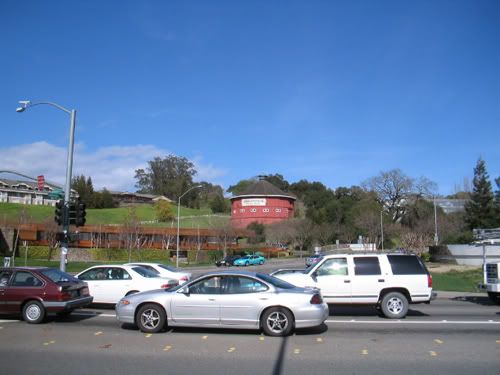

While I was at it, I stopped at the Fountaingrove Round Barn, too. When I was growing up, the barn’s sign said “Fountaingrove Ranch,” and there were no hotels or restaurants built around it like there are now. If you look for photos online, you’ll find a beautiful barn surrounded by green fields and trees. The photo above shows what it really looks like to the average passer-by on Mendocino Avenue. I’ve always liked the Round Barn, but despite living here my whole life I’d amazingly never broken in to check it out. Whaddya know, the other day there was an easily-lifted piece of plywood covering up a small hole in the wall, and I tiptoed quietly around the inside. There was still hay in the feeding troughs, surprisingly enough! But as regal as it may appear on the outside, on the inside it’s pretty much just an empty barn, and not nearly as cool as the inside of the DeTurk Barn. The Round Barn is also a terribly inconvenient place to go if you need to pee in a corner.
Here’s what it looks like inside: